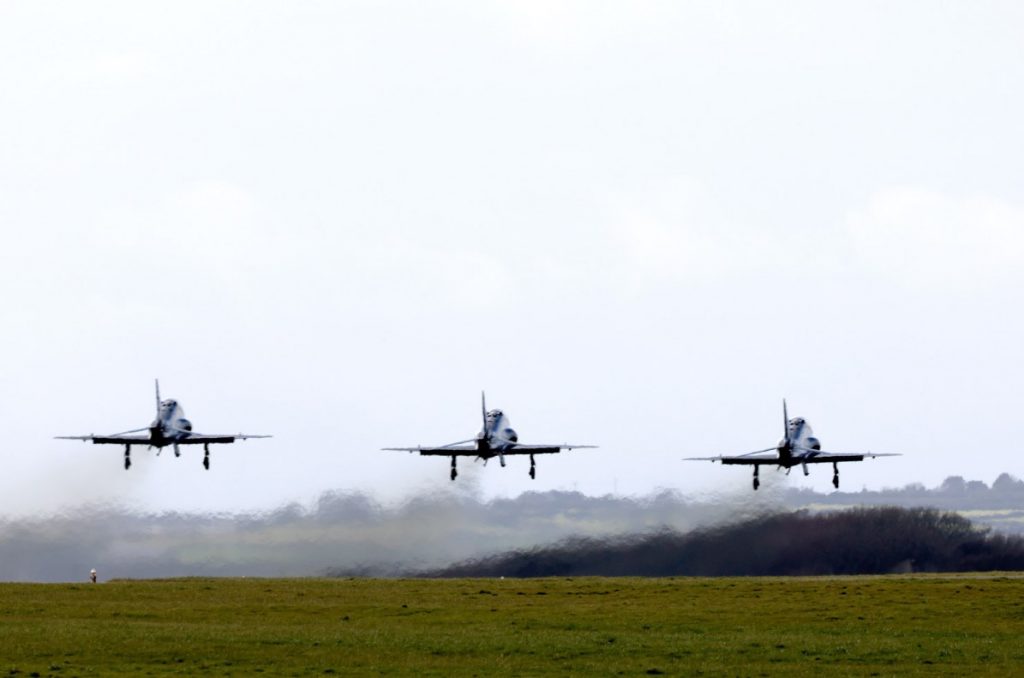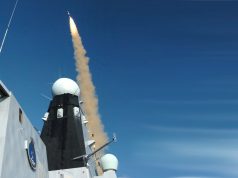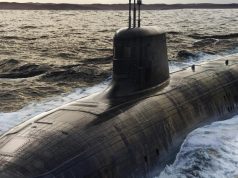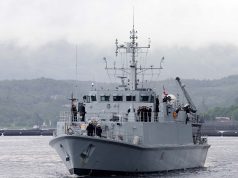Royal Navy Hawk T1 jets flew around the United Kingdom this week to say farewell, as these veteran aircraft are retired from service.
Based out of Royal Naval Air Station Culdrose in Cornwall, the fast jets have been a mainstay for decades in training Royal Navy and NATO ships in air defense.
The BAE Systems Hawks have been used by the RAF for 40 years and the Royal Navy’s aircraft date from the 1990s. They were first based at RNAS Culdrose in 1994 and were incorporated into the re-formed 736 Naval Air Squadron in 2013.
It was announced in the Integrated Review last year that the Hawk T1 was to be retired across defense, with the exception of the Red Arrows, and it was decided 736 Naval Air Squadron would be decommissioned at the end of March 2022. Other cuts announced at the time included, or will include, the VIP BAe146, Typhoon Tranche 1 fighters by 2025, and the C130 Hercules, which will be retiring by 2023.
On March 17, three jets took off from RNAS Culdrose and flew around their principal training sites including HMNB Devonport, RNAS Yeovilton, Bournemouth Airport and then HMNB Portsmouth, before heading up to HMS Gannet at Prestwick in Scotland. The following day, the trio returned home with flypasts of RAF Valley and Pembrey in Wales.

Lieutenant Commander Jason Flintham, the commanding officer of 736 Naval Air Squadron, said: “It has to be acknowledged that this is a sad day for everyone involved with the Hawks, but we should not lose sight of the significant contribution these aircraft have made to defense.
“I think it’s fair to say that the Hawks jets have been the outstanding workhorse of the military.
“They’ve been used by 736 Naval Air Squadron to train Royal Navy and NATO frontline assets since 2013. We’ve used them to train ships’ companies against incoming aircraft or to simulate missile attack, as well as training Royal Navy fighter controllers.
“Other roles include training air traffic controllers, airborne surveillance and control crews and aiding radar development. We’ve also regularly taken part in large multi-national NATO exercises, such as Exercise Joint Warrior off Scotland.
“Of course, it’s not just about these superb aircraft. A squadron is comprised of the men and women whose professionalism and dedication makes the squadron a success and deliver its defense aims. We thank everyone who has served over the years including those in industry and the military.”
Some of the pilots have already joined the training programs for the UK’s next-generation F35B Lightning jets, which operate from the navy’s aircraft carriers.



























